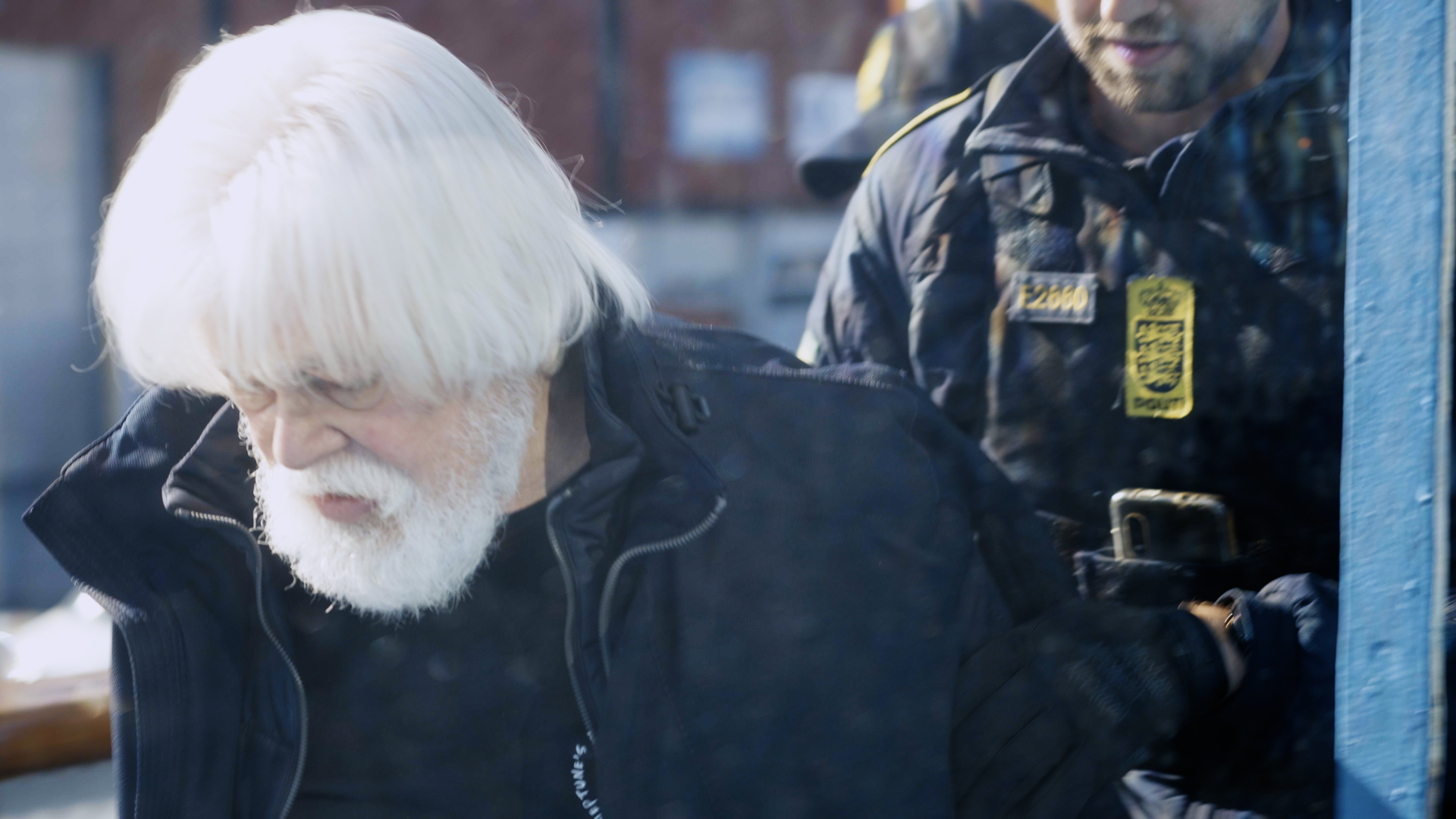Few artists alive today are as revered as Bob Dylan. Responsible for creating much of the scene that he became synonymous with, Dylan is both a musician and an icon, a man whose legend is much larger than himself. In a career that spans more than half a century, Dylan has been called everything from the voice of a generation to a reluctant hero: titles that mean little to the man himself. Perhaps the most remarkable thing about Dylan is his commitment to his music, and seeing him play live remains the holy grail for many serious music fans.
It’s no surprise that Dylan is best known for the folk songs he penned in the 1960s. Writing at a time of profound social unrest, Dylan’s lyrics seemed to sum up the anxiety of youth. Songs like ‘Blowing in the Wind’ and ‘The Times they are a – Changin’ became anthems for the growing counter-culture movement, lending a voice to those who were tired of the war-mongering and capitalist-driven culture of their forebears. With an acoustic guitar and a harmonica, Dylan quickly became a legend, inspiring everyone from Jimi Hendrix to the Beatles.
Dylan credits Woody Guthrie as one of his biggest influences, and the two became close before his death in 1967. Guthrie’s politically-driven songs and experiences of the Depression era would lead Dylan to write about issues he saw as important, and he soon became involved in the civil rights movement. He began writing songs about freedom and equality as well as chronicling the experiences of the downtrodden, and his gravelly voice, often out of tune, was the perfect vehicle to deliver his message.
By the time his second album, The Freewheelin’ Bob Dylan, was released in 1963, Dylan had established his reputation as a ‘protest’ songwriter- one of the singles, ‘Hard Rain’, was written in response to the Cuban Missile Crisis in 1962. His single ‘Blowin´in the wind’ was covered by Peter, Paul and Mary and became an international success, paving the way for countless other artists to cover his songs.
Dylan’s decision to play electric instruments created a storm of controversy that had fans cheering and booing in equal measure. The change coincided with Dylan’s transition from folk singer to pop/rock artist and was partly the result of his increasing disillusionment with how the public perceived him. He released a series of records in the late 1960s that were as varied as they were original, including the seminal ‘Blonde on Blonde’ in 1966 and the country-influenced ‘Nashville Skyline’ in 1969.
Dylan’s musical style continued to evolve through the 1970s, reflecting his changing views. Playing everything from blues to jazz, Dylan refused to be pigeonholed, releasing records that were often savaged by the critics. Many of his albums contained songs that were roughly recorded, with a noticeable lack of studio finishing. His career continued to flow through the 1980s and 90s with a mixture of successful releases and collaborations like the Travelling Willburys, which he formed with George Harrison, Tom Petty, Roy Orbison and Jeff Lyne.
The Bob Dylan of today bears little resemblance to the passionate protest writer of the 1960s, but this in itself is interesting. Just what he writes and thinks about today holds as much fascination as it always has, and fans hang off his every word between songs, if he decides to speak. Tickets to his show aren’t easy to come by, and at the time of writing there’s a waiting list that you need to sign up for if you want a chance of going. It’s worth it though, for there’s no telling when or if this musical legend will return.
Bob Dylan
Falconer Salen, Falkoner Alle 9, Frederiksberg;
Tuesday 20:00;
Tickets: 795-995kr,
www.billetnet.dk













